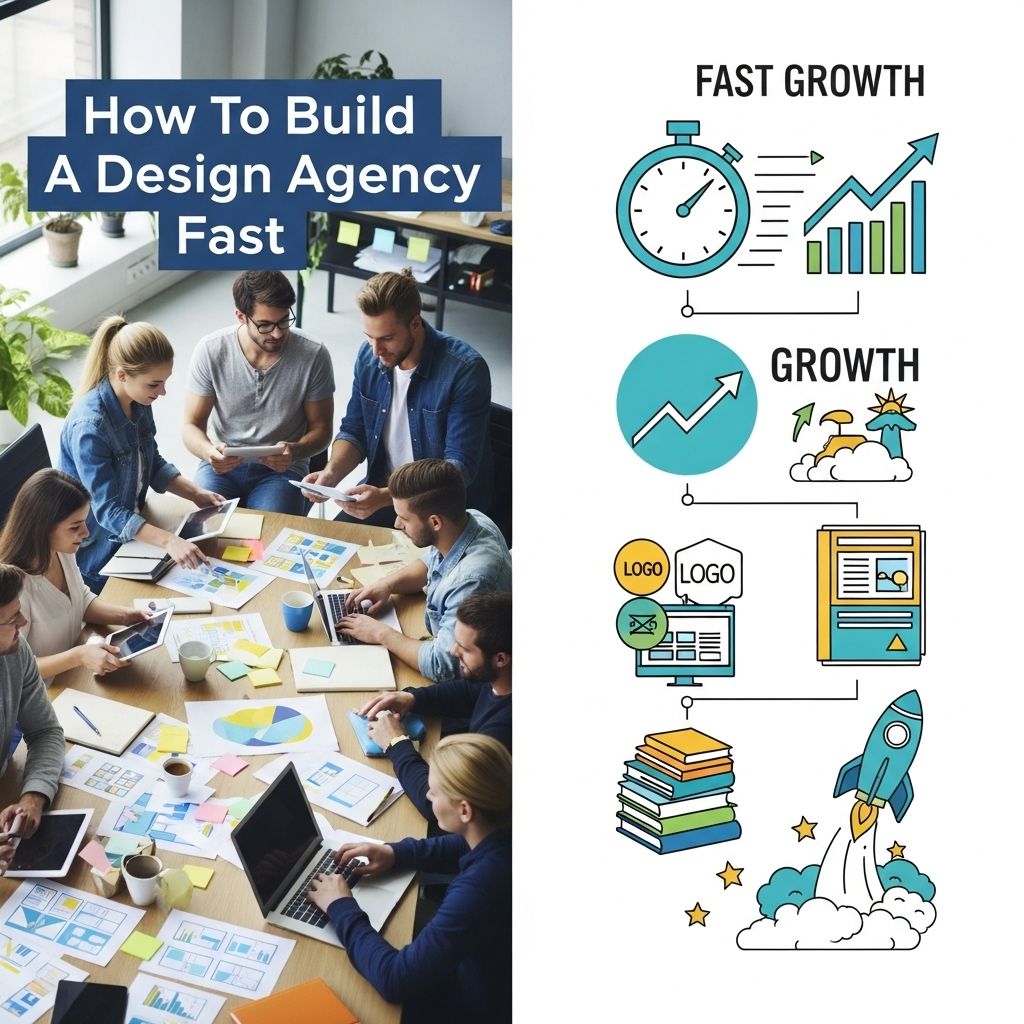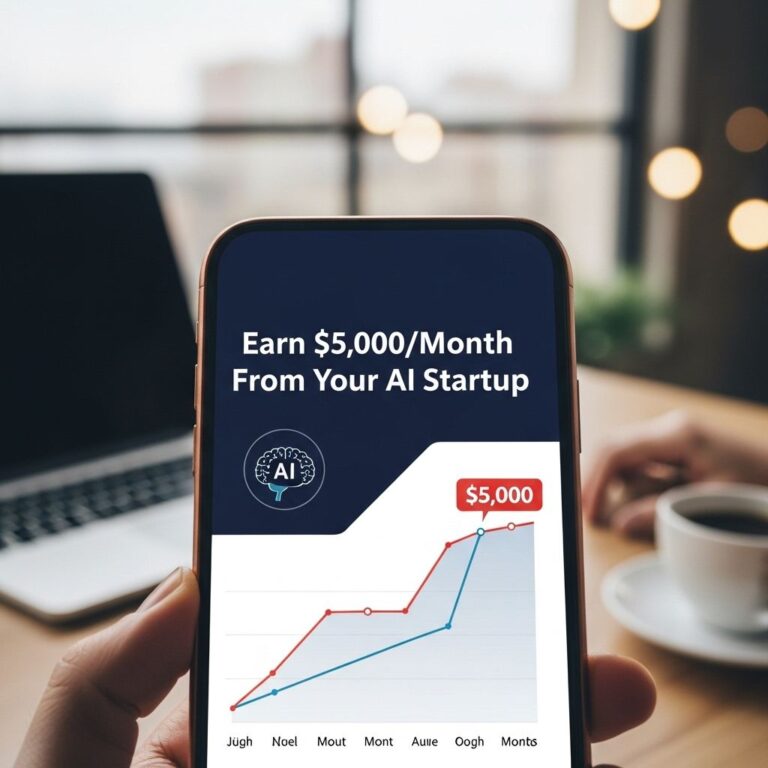In the rapidly evolving realm of design, establishing a successful design agency can seem like a daunting task. However, with the right strategies and actionable insights, you can accelerate the growth of your agency and find your niche in this competitive industry. This article explores various strategies for building a design agency quickly, from identifying your target market to optimizing your workflow.
Table of Contents
Identifying Your Niche
Before diving into the operational aspects of running a design agency, it’s crucial to define your niche. A focused approach can help you stand out and attract clients who are looking for specific design services. Here are several niches to consider:
- Brand Identity Design
- Web Design
- User Experience (UX) Design
- Print Design
- Packaging Design
Once you’ve chosen a niche, ensure that your services align with your skills and market needs. Conducting market research can offer valuable insights into trends and client demands.
Building Your Portfolio
Your portfolio is often the first impression potential clients will have of your agency. It’s essential to invest time in curating a strong portfolio that showcases your best work. Follow these steps to build an impressive portfolio:
1. Select Your Best Work
Choose projects that highlight your skills and the type of design work you want to pursue. Aim for diversity to show versatility.
2. Create Case Studies
Detail the design process for specific projects. Include the problem, your solution, and the results. This adds context and demonstrates your problem-solving capabilities.
3. Use High-Quality Visuals
Ensure all images are high quality. Use mockups to present your designs in a professional context.
4. Showcase Testimonials
Positive feedback from previous clients can enhance your credibility. Include testimonials in your portfolio to build trust.
Establishing an Online Presence
Today, a solid online presence is essential for any business, including a design agency. Here are key steps to establish yours:
1. Create a Professional Website
Your website should not only display your portfolio but also provide information about your services, pricing, and contact details. Consider the following:
- Responsive design for mobile devices
- SEO-friendly content
- Clear navigation
2. Leverage Social Media
Social media platforms are powerful tools for promotion. Here’s how to use them effectively:
- Choose Platforms Wisely: Focus on platforms where your target audience is most active, such as Instagram for visual work or LinkedIn for corporate clients.
- Share Content Regularly: Post updates, behind-the-scenes content, and client testimonials to keep your audience engaged.
- Engage with Followers: Respond to comments and messages to build relationships and foster community.
3. Utilize Design Marketplaces
Websites like Dribbble, Behance, and 99designs can be excellent platforms for showcasing your work and attracting clients. Ensure your profiles are complete and regularly updated.
Networking and Collaboration
Building relationships within the design community and beyond can accelerate your agency’s growth. Here are some ways to network effectively:
1. Attend Industry Events
Conferences, workshops, and meetups can provide invaluable opportunities to meet potential clients and collaborators.
2. Join Online Communities
Participate in forums and groups related to design. Platforms like Reddit or Facebook have many design-focused communities where you can share your expertise.
3. Collaborate with Other Professionals
Partnering with other freelancers or agencies can allow you to expand your service offerings. Consider:
- Working with developers for web projects
- Partnering with content creators for branding projects
Streamlining Workflow
Efficiency is crucial for scaling your agency. Here are strategies to optimize your workflow:
1. Use Project Management Tools
Tools like Trello, Asana, and ClickUp can help you manage projects, track deadlines, and collaborate with team members effectively.
2. Automate Repetitive Tasks
Consider automating tasks like invoicing and client follow-ups using tools like Zapier or automated email systems.
3. Implement Design Systems
A design system can help maintain consistency across projects and streamline your design process. This may include:
- Brand guidelines
- Reusable design elements
Effective Marketing Strategies
Once you have your agency set up, it’s time to attract clients. Here are some marketing strategies to consider:
1. Content Marketing
Creating blog posts or video content related to design can position you as an authority in your niche. Topics could include:
- Design trends
- How-to guides
- Case studies of your work
2. Paid Advertising
Consider investing in Google Ads or social media advertising to reach a broader audience. Keep track of your ROI to ensure effectiveness.
3. Email Marketing
Build a mailing list and send regular updates to keep potential clients informed about your services and projects.
Measuring Success
Finally, it’s vital to track your agency’s performance and make data-driven decisions. Here’s how to measure success:
1. Set Clear Goals
Define what success looks like for your agency. This could include financial targets, client acquisition rates, or project completion times.
2. Use Analytics Tools
Utilizing tools like Google Analytics can help you track website traffic, user behavior, and conversion rates.
3. Gather Client Feedback
Regularly check in with clients to receive feedback on your services, which can help you improve and refine your offerings.
Conclusion
Building a design agency fast requires strategic planning, dedication, and a willingness to adapt. By identifying your niche, establishing a strong online presence, networking, and optimizing your workflow, you can set your agency on the path to success. Remember, the design industry is dynamic, and continuous learning and adaptation are key to maintaining a competitive edge.
FAQ
What are the first steps to building a design agency?
Start by defining your niche, creating a portfolio, and setting up a business plan that outlines your goals and target market.
How can I attract clients quickly for my design agency?
Leverage social media, network with other professionals, and consider offering introductory discounts or free consultations to attract initial clients.
What should I include in my design agency portfolio?
Include your best work, case studies that demonstrate your process, client testimonials, and a clear description of the services you offer.
How important is branding for a design agency?
Branding is crucial as it sets the tone for your agency’s identity, helps differentiate you from competitors, and builds trust with potential clients.
What tools do I need to run a successful design agency?
Key tools include design software (like Adobe Creative Suite), project management tools (like Asana or Trello), and communication platforms (like Slack or Zoom).
How can I scale my design agency over time?
Focus on building a strong team, streamline your processes, diversify your service offerings, and continuously seek feedback to improve client satisfaction.




